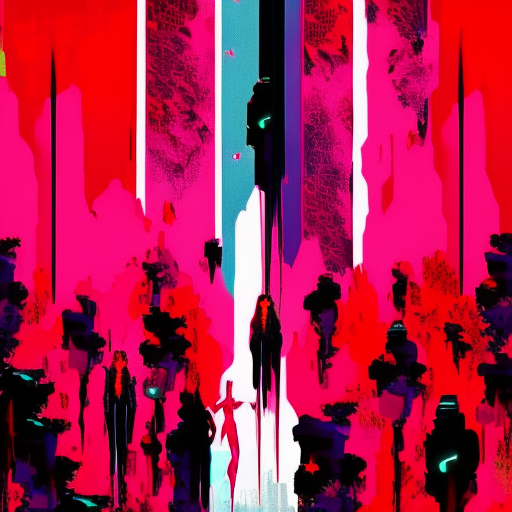One-line summary:
In “The Power,” Naomi Alderman explores a world where women develop the ability to generate electric shocks, leading to a shift in power dynamics and challenging societal norms.
The Awakening of Power
“The Power” takes place in a world similar to ours, but with one significant difference: women have developed a physical power that allows them to generate electric shocks. This power, known as “the skein,” emerges in teenage girls and spreads rapidly, leading to a complete shift in power dynamics. As women realize the potential of their newfound abilities, they begin to challenge the patriarchal structures that have oppressed them for centuries.
The story follows four main characters: Roxy, the daughter of a British crime lord; Allie, a young American girl who escapes an abusive household and becomes a religious leader known as Mother Eve; Margot, a rising political star in the United States; and Tunde, a Nigerian journalist who documents the changing world.
A World Transformed
As women gain control over their power, the world undergoes a radical transformation. Men, who once held positions of power, now find themselves at the mercy of women. Governments collapse, and new systems of governance emerge. Women establish matriarchal societies, and men are subjected to the same kind of oppression that women have endured for centuries.
The power dynamics between men and women are explored through various perspectives. Some women use their power to seek revenge against their oppressors, while others strive for equality and justice. Men, on the other hand, experience fear, vulnerability, and a loss of privilege. The novel challenges traditional notions of gender roles and highlights the potential consequences of power imbalances.
The Price of Power
While the initial shift in power seems empowering for women, it soon becomes clear that power corrupts, regardless of gender. The novel delves into the dark side of power as women abuse their abilities and engage in acts of violence. The once oppressed become the oppressors, and the lines between right and wrong become blurred.
As the world descends into chaos, the characters must grapple with their own moral dilemmas. They question the nature of power, its impact on individuals and societies, and the responsibility that comes with it. The novel explores themes of power, gender, religion, and the complexities of human nature.
Key Takeaways:
- The Power challenges traditional gender roles and explores the consequences of power imbalances.
- Power corrupts, regardless of gender, and the novel delves into the dark side of power.
- The story raises questions about the nature of power, its impact on individuals and societies, and the responsibility that comes with it.
“The Power” is a thought-provoking and gripping novel that examines the dynamics of power and gender in a world turned upside down.
In “The Power,” Naomi Alderman presents a compelling and thought-provoking exploration of power dynamics and gender roles. Through the lens of a world where women possess the ability to generate electric shocks, the novel challenges societal norms and delves into the complexities of power. As women rise to positions of authority, the consequences of power imbalances become apparent, highlighting the corrupting influence of power on individuals and societies. Alderman’s work serves as a reminder that power, regardless of who wields it, must be examined critically and responsibly.












